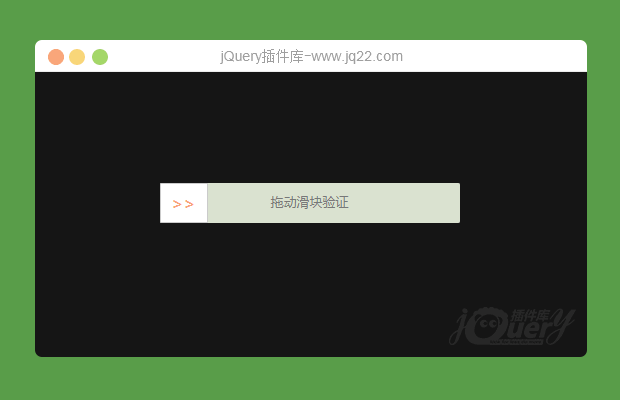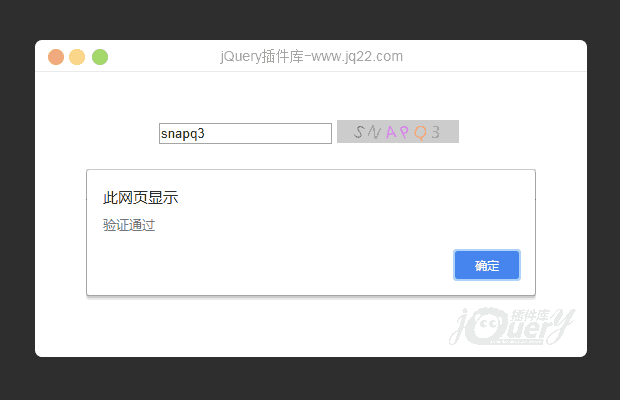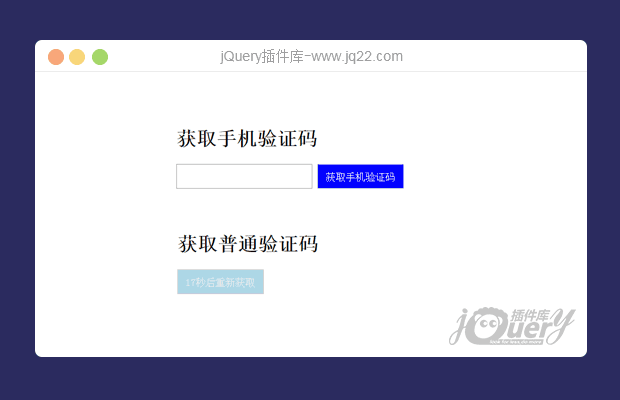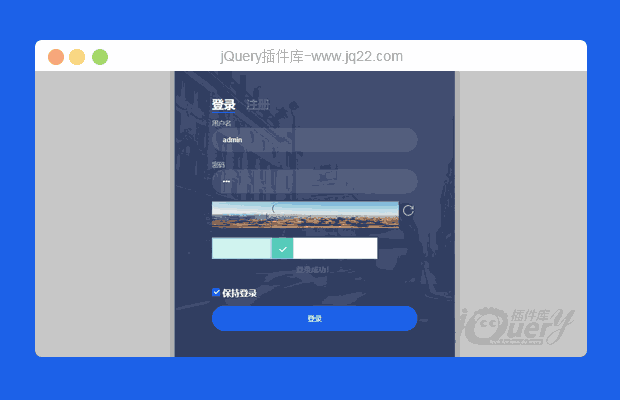

插件描述:拖动滑块验证,之前有网友发布的不兼容手机
使用方法
1. CSS引入 slide-unlock.css
2. JS引入 jquery-1.10.2.js 和 jquery.slideunlock.js
<script>
$(function () {
var slider = new SliderUnlock("#slider",{
successLabelTip : "验证成功"
},function(){
alert("验证成功,即将跳转至百度");
window.location.href="http://www.baidu.com"
});
slider.init();
})
</script>
PREVIOUS:
NEXT:
相关插件-验证,拖和放
讨论这个项目(41)回答他人问题或分享插件使用方法奖励jQ币 评论用户自律公约
我想去浪 0
2021/10/18 11:25:38
-
体验不是很好,不小心移出了验证框外,就会跳回原点,客户还以为你的功能不行
我想去浪3
2021/10/18 17:05:23
我自己调整了一下,把SliderUnlock.prototype.init这个方法改了如下:
SliderUnlock.prototype.init = function() {
var me = this;
me.updateView();
var btn = $('#label')[0];
var btnWidth = btn.offsetWidth;
btn.ondragstart = function() {
alert("ondragstart");
return false;
};
btn.onselectstart = function() {
alert("onselectstart");
return false;
};
//pc端
btn.onmousedown = function(e) {
var disX = e.clientX - btn.offsetLeft;
var e = e || window.event;
me.lableIndex = e.clientX - btn.offsetLeft;
me.handerIn();
document.onmousemove = function(event) {
me.handerMove(event);
};
document.onmouseup = function(event) {
if (!me.isOk) {
me.handerOut();
}
};
document.mouseout = function(event) {
me.handerOut();
};
};
//移动端
var cont = $("#label");
cont.on({ //绑定事件
touchstart: function(event) {
var e = event || window.event;
me.lableIndex = e.originalEvent.touches[0].pageX - this.offsetLeft;
me.handerIn();
},
touchmove: function(event) {
me.handerMove(event, "mobile");
},
touchend: function(event) {
me.handerOut();
}
});
};
A-Margin 0
2018/9/4 18:48:33
-
请问这个滑块一旦拖快了,就会回到原点,如何去掉这个速度限制呢,具体代码写在了哪里啊。
😃
- 😀
- 😉
- 😥
- 😵
- 😫
- 😘
- 😡
- 👍
- 🌹
- 👏
- 🍺
- 🍉
- 🌙
- ⭐
- 💖
- 💔
😃
取消回复
- 😀
- 😉
- 😥
- 😵
- 😫
- 😘
- 😡
- 👍
- 🌹
- 👏
- 🍺
- 🍉
- 🌙
- ⭐
- 💖
- 💔
















